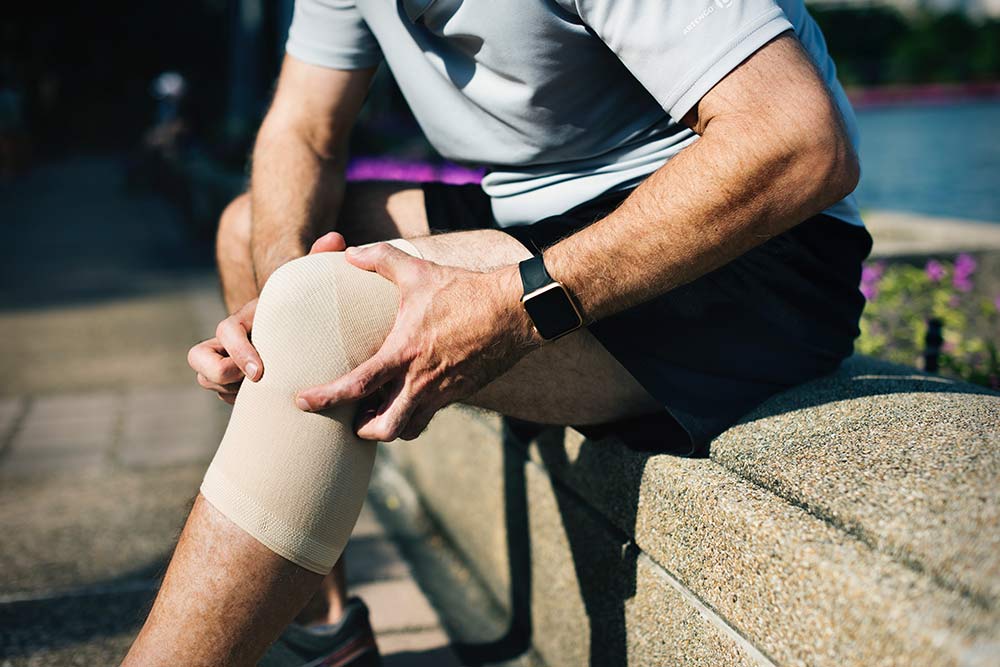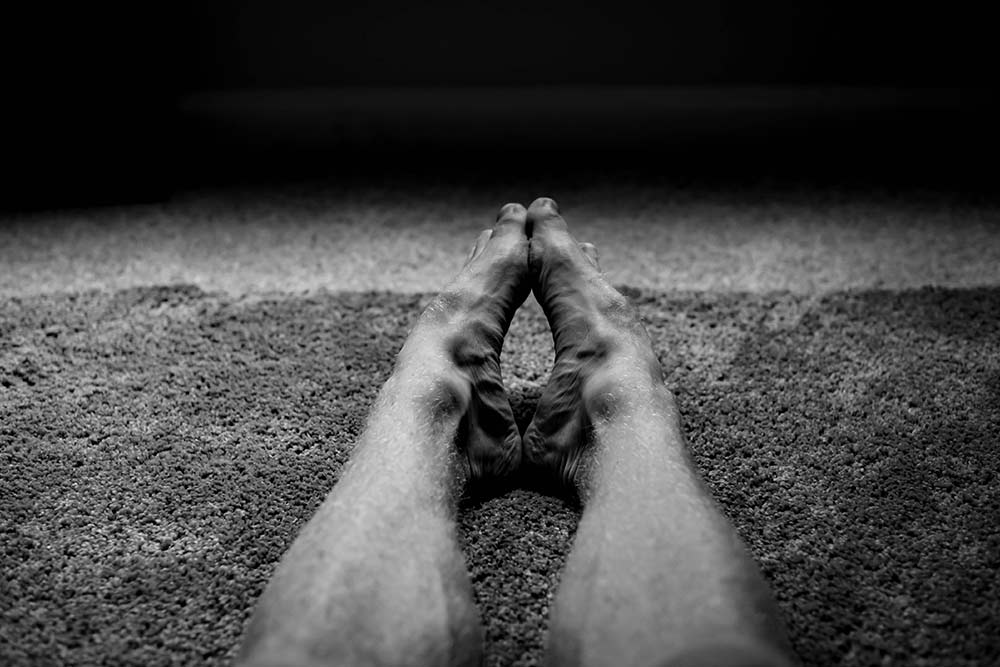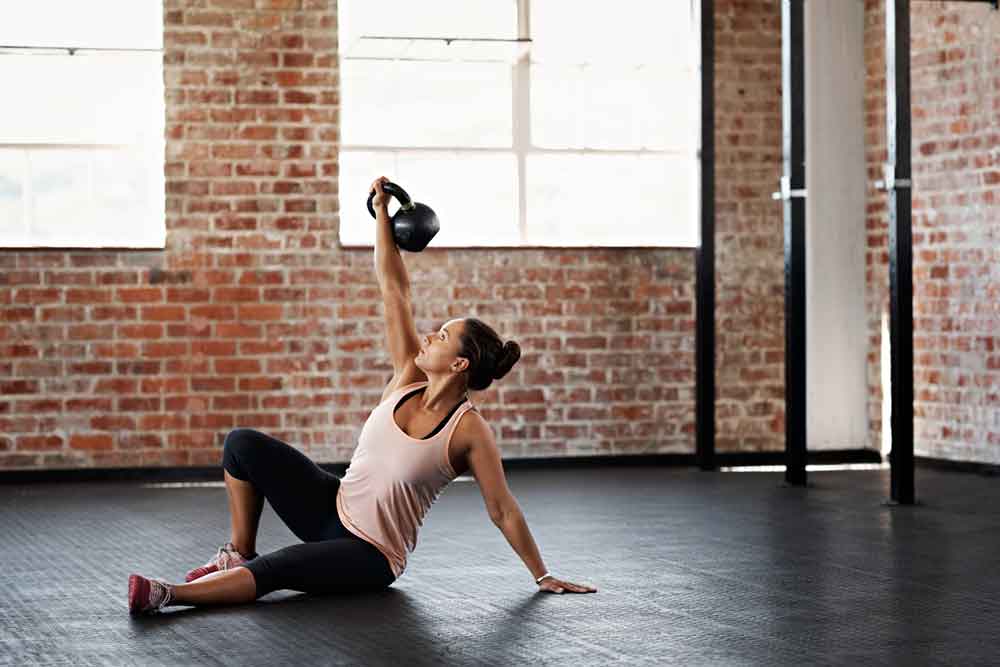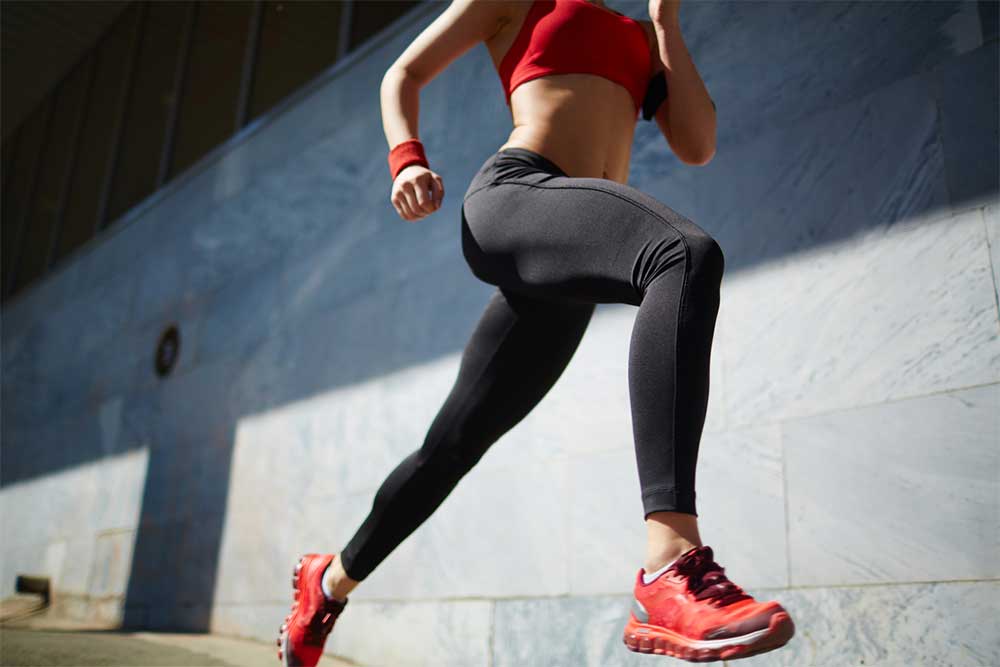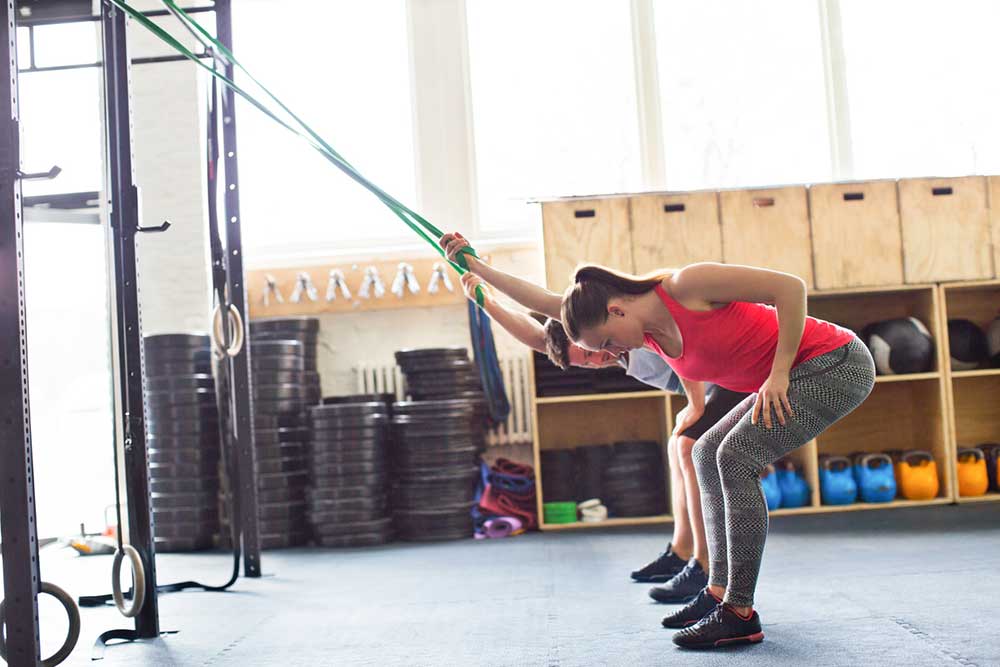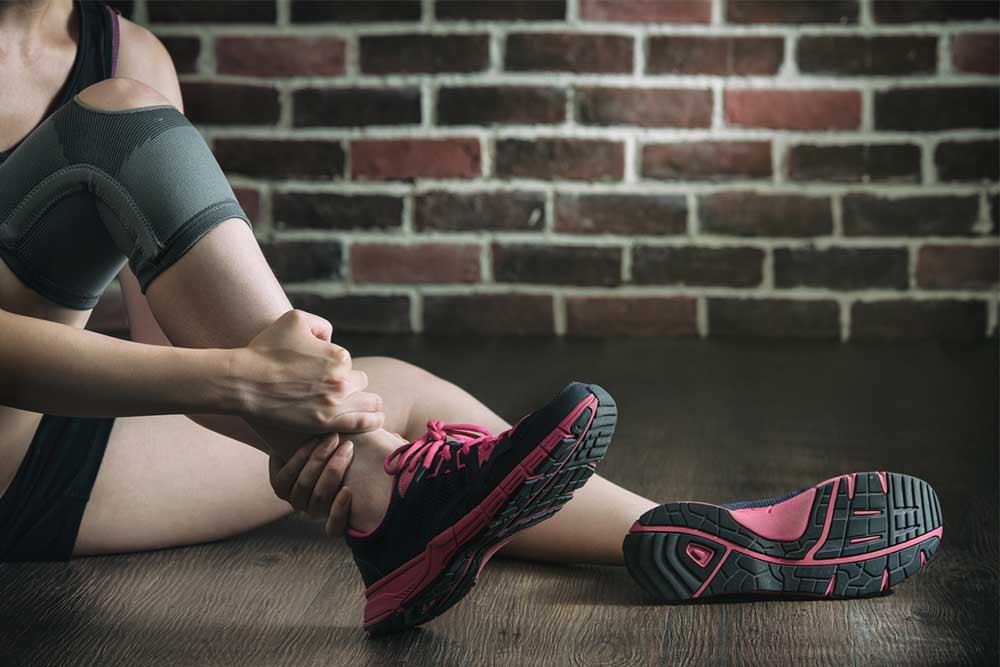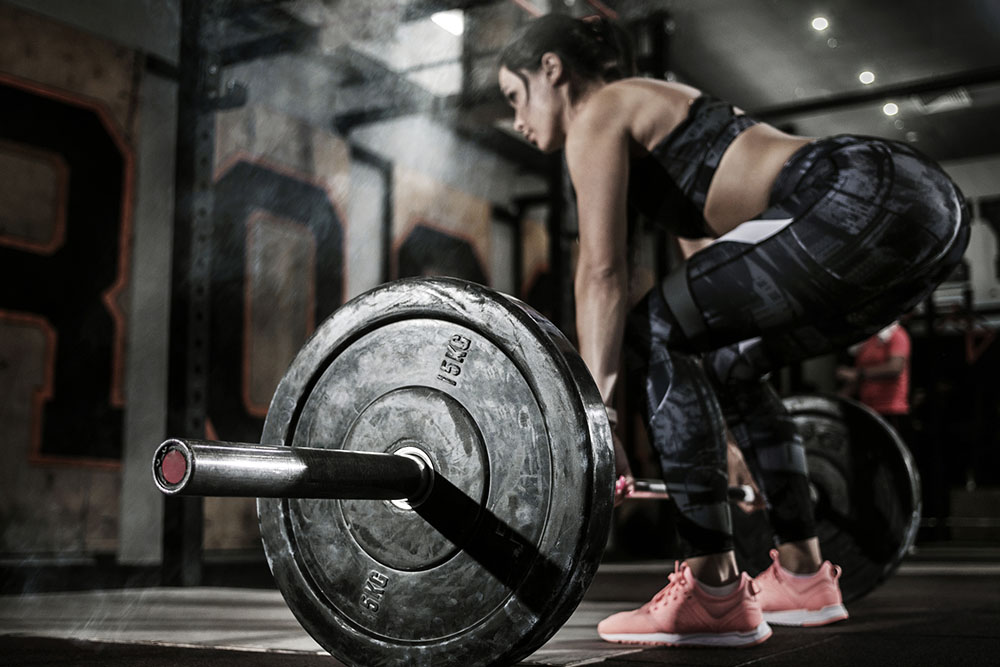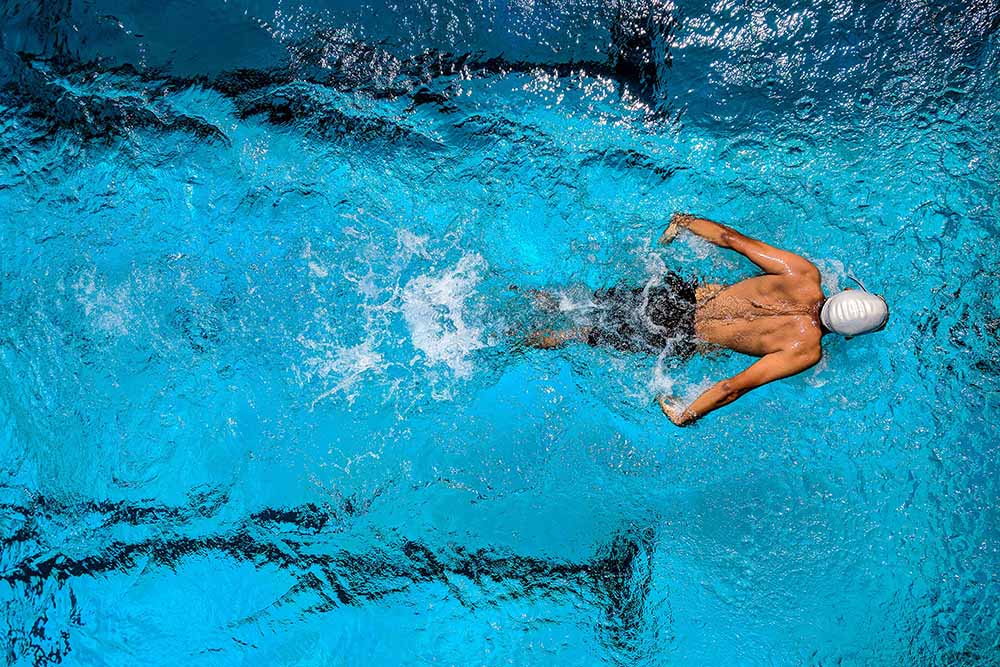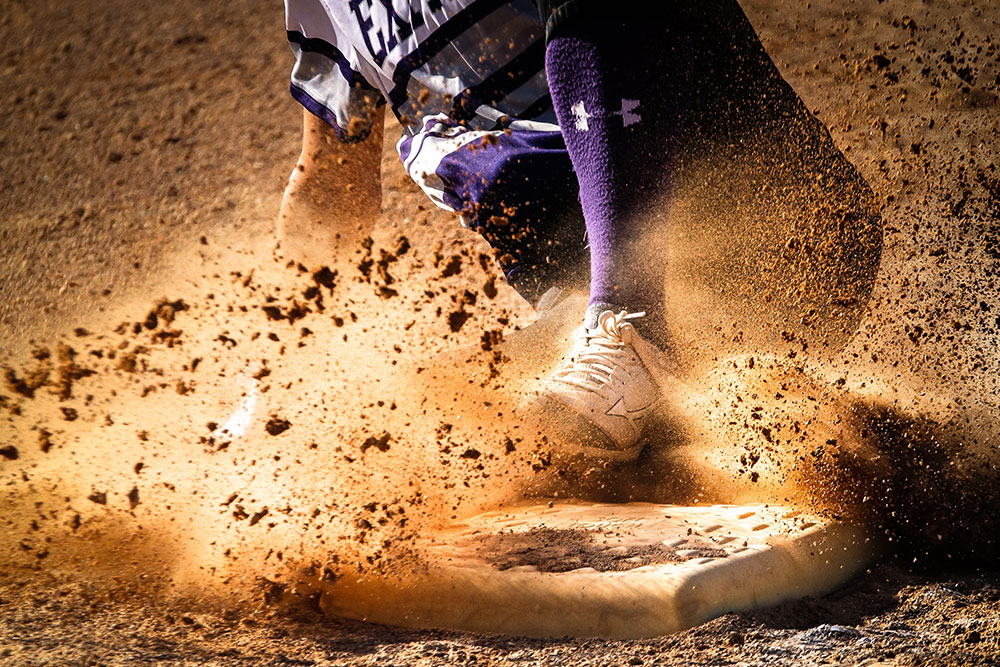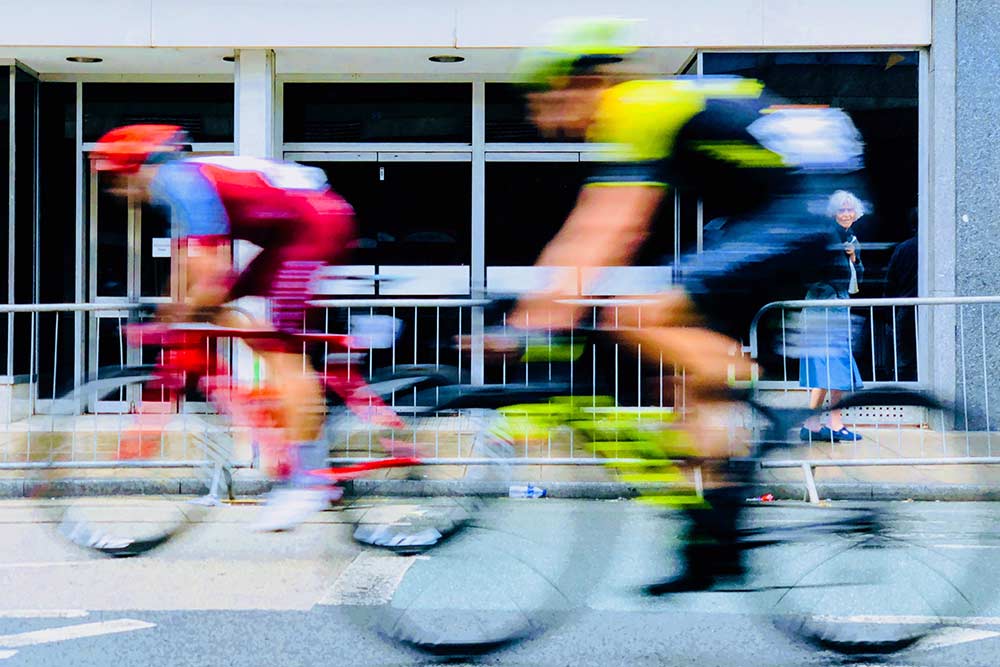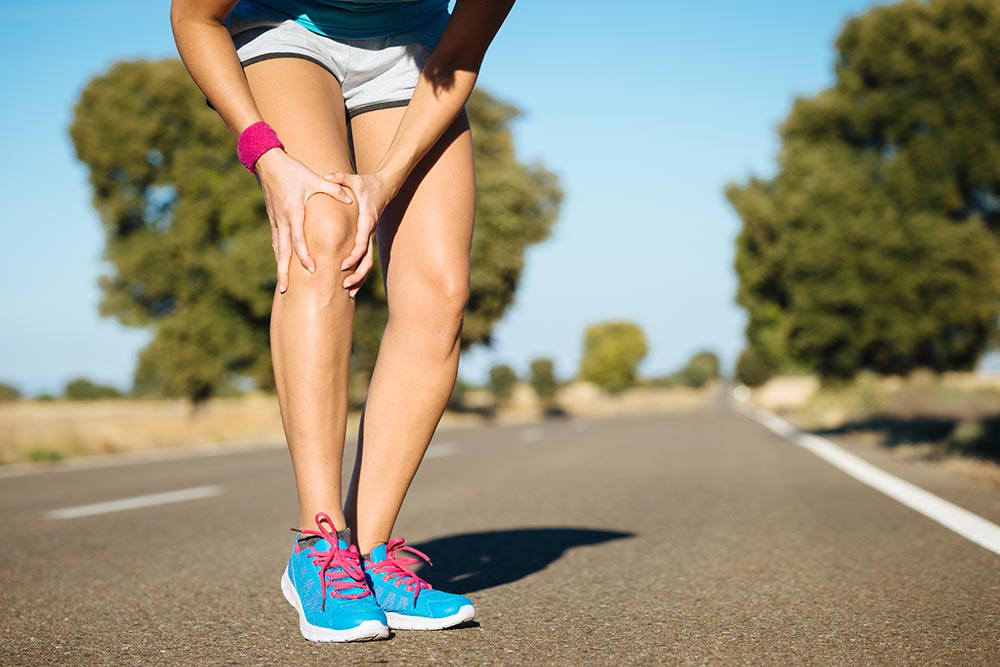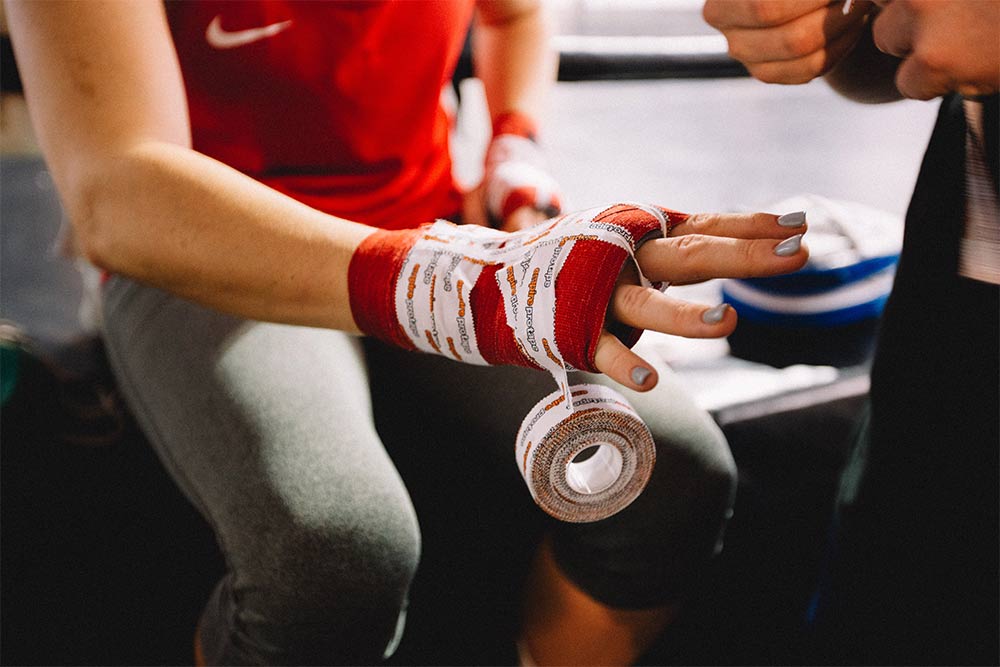Reduce & Prevent Injuries With Dry Needling

Ryan Cross, B.A. Hons (Kin), MScPT, FCAMPT
Registered Physiotherapist in Sarnia, Ontario, Canada
Maintaining an active lifestyle has many benefits, but it comes with a risk of pain or injury. Although muscle soreness is an expected outcome with some exercise programs, when it lingers for days or weeks it can prevent you from staying active.
There are many treatment modalities that can help prevent or treat injuries. Some of these treatments are commonly used in the rehabilitation field, while others are less well known. A relatively new treatment that is being used more frequently is a technique called “dry needling” (sometimes called intramuscular stimulation – IMS). Dry needling treatments involve inserting thin acupuncture needles into a muscle in an attempt to help relieve tension and tightness within that muscle and its associated pain patterns. Dry needling can help relieve pain and tension to get you back in the game.
Related Article: The Truth About Cold Therapy And Recovery
What is Dry Needling?
The American Physical Therapy Association describes dry needling (DN) as “a skilled intervention that uses a thin filiform needle to penetrate the skin and stimulate underlying myofascial trigger points, muscular, and connective tissues for the management of neuromusculoskeletal pain and movement impairments (1).” When muscles get tight or over worked, trigger points or “knots” develop within the muscle. Releasing or inactivating trigger points can help to relieve pain and restore mobility. There is no medicine or injection involved with the dry needling technique, but the trigger point resolves as the needle gets inserted and stimulates the point.
What is a Trigger Point?
We have all felt knots in our muscles from time to time. Some may come and go, while others may not go away and the muscle feels chronically tight.
A myofascial trigger point is a hyperirritable area within a taut band of muscle. Trigger points can be felt as taut bands that are painful when compressed, giving rise to the patient’s typical symptoms, characteristic referral pattern and autonomic phenomena and decreased range of motion of that muscle.
Pain and issues develop due to the contracted muscle tissue, local ischemia and hypoxia (lack of blood supply), acidic environment within the muscle, altered neuromuscular activation patterns, and a chemically altered milieu. An active trigger point is a focus of hyperirritability within a muscle or its fascia that has a pattern of referred pain at rest or with movement of that muscle. A latent trigger point is a focus of hyperirritability will only be painful if it is compressed.
These areas of hyperirritability are caused by acute or chronic overload of the muscle. They can also develop with compensatory movements of muscles due to injury or trigger points in another muscle. Trigger points can also develop in muscles that share the same nerve root supply of a muscle with an active trigger point. Therefore, treatment may be directed at the area of your pain and/or in other areas that may not appear to be involved.
Related Article: A Natural Alternative To Pain Killers
What is the difference between Dry Needling and Acupuncture?
Both dry needling and acupuncture will use the same type of needle for treatment.
Dry needling is involves the identification and stimulation of trigger points to relieve pain and muscle tension. Traditional Chinese Medicine (TCM) has used acupuncture for years to balance the energy flow of the body. This energy balance is disrupted in cases of illness or injury and acupuncture attempts to restore this balance to relieve pain and tension. During acupuncture, needles are inserted into the body at specific points and can be left in for certain amount of time.
Dry needling requires identification of trigger points and needles are inserted in and out of the trigger point to elicit a local twitch response which helps to resolve the tension and trigger point.
Can Dry Needling Help Me?
If pain or muscle function is preventing you from being active or enjoying life, then dry needling might be able to help.
Dry needling has been shown to have a significant effect on muscle tone and trigger points through both peripheral and central processes. This occurs through mechanical, electrophysical, chemical, and neurophysiological mechanisms(2).
Local Twitch Response
An important component of these mechanisms involves the local twitch response that occurs with dry needling. The local twitch response is a spinal cord reflex that is characterized by an involuntary contraction of the contracted taut band of the muscle. After the local twitch response is elicited, the mechanisms that produce the positive effects of dry needling are put into action. In some cases, this twitch response can be uncomfortable because the contraction is involuntary and sometimes can be large.
Related Article: Manage Chronic Pain With Exercise
Trigger Points
Trigger points have been shown to have spontaneous electrical activity resulting in the prolonged contracted muscle fibers. This spontaneous electrical activity is significantly decreased after dry needling, relieving the contraction, improving muscle relaxation, and improving muscle activation patterns.
Dry needling will also improve local blood flow which helps improve oxygenation of the tissues in the area. The major chemical mediators of pain that circulate in our tissues during an injury are present in increased concentrations in trigger points as well. After dry needling, the concentration of these chemical mediators is significantly reduced, providing pain relief.
The stimulation of trigger points also activates the areas of the brain that modulate pain and stimulates the endorphin system. Together these effects help to improve pain, relax muscle tension, and improve muscle function.
Takeaway
Dry needling is a treatment intervention that can help get you moving and relieve pain. It can be more effective when combined with a multi modal treatment approach that addresses all contributing factors involved with your pain. Dry needling is a treatment intervention that will likely become more commonly implemented due to the effects seen after stimulation of trigger points. Ask your physical therapist is dry needling is appropriate for you.
Related Article: When You Should Go See A Physical Therapist
You Might Like:
4 Signs of Arthritis
Ryan Cross, Physiotherapist Most people know someone affected by arthritis or have symptoms of arthritis themselves. Often people will relate aches and pains to arthritis without even getting diagnosed. Arthritis is something that happens to...5 Ways to Get Rid of Shin Splints
Ryan Cross, Physiotherapist Pain related to “shin splints” is one of the most common ailments that athletes will complain about. Most runners have had a run-in with the dreaded shin splints at one time or...The Screening That May Predict Sport Injuries
Ryan Cross, Physiotherapist The risk of injury is present in all sports and activities. The cause of injury can sometimes be difficult to pin point because in most cases it is multifactorial. There are many...Training Factors to Improve Sprint Performance & Speed
Ryan Cross, Physiotherapist One of the most exciting events in the Summer Olympics has to be the 100 m sprint. The winner of this race is considered the fastest on earth. To get to this...7 Key Exercises To Prevent Shoulder Injuries
Ryan Cross, B.A. Hons (Kin), MScPT, FCAMPT Registered Physiotherapist in Sarnia, Ontario, Canada Have you ever had difficulty reaching up to the top shelf or doing an overhead lift? Most people have encountered a shoulder...Strength Training Can Improve Chronic Plantar Fasciitis
Ryan Cross, B.A. Hons (Kin), MScPT, FCAMPT Registered Physiotherapist Do you feel sharp pain on the bottom of your heel during the first few steps you take in the morning? Is heel pain limiting progression...References:
Description of Dry Needling In Clinical Practice: An Educational Resource Paper. APTA, 2013. http://www.apta.org/StateIssues/DryNeedling/ClinicalPracticeResourcePaper/
Integrated Dry Needling, WPC, 2017

